Constance (Connie) Ruth Leathart was born on 7 December 1903 in Low Fell, Gateshead. In 1925 Connie started flying lessons at Newcastle Aero Club and is said to have written her name as “C. R. Leathart” on the application form in order to disguise her gender. She had her first flying lesson in the aeroplane Novocastria [G-EBLX] in September 1925 and her Pilot’s Log Book records that she was in the air for 15 minutes. On 24 February 1926 her log book states that she conducted her first solo flight but she unfortunately crashed on landing. Connie was resilient and was back in the air again on 1 March for a 30 minute flight. In 1927 she received her flying licence and became the first British female pilot outside London to achieve this, and was one of only 20 female pilots in the UK overall.
Connie became part of a group of flying socialites and participated successfully in many air races both in this country and throughout Europe. Her photograph albums contain numerous photographs to support this. Her talent was evident from an early stage. In June 1927 the publication ‘The Aeroplane’ reported on a Newcastle Race Meeting. It was noted that there was no race for women that day so there was no chance of seeing “Newcastle’s own Aviatress, Miss Leathart, in the air which was a pity, for good judges say that this sporting little lady looks like being really as good as a good mere-male pilot.”
In the late 1920’s Connie set up and ran Cramlington Aircraft Ltd. with her lifelong friend Walter Leslie Runciman (later Viscount Runciman). Their aircraft repair business repaired and overhauled aircrafts and many that they serviced were flown in competitions such as the Kings Cup and the London to Newcastle Race. Connie and Walter were very close friends and her albums have numerous photographs of them together. In one of the shots she classes the pair of them as “Brothers”.
Connie had a few frightening experiences when flying! In April 1930, when landing at Cramlington she had a narrow escape when her plane crashed and overturned. The plane was badly damaged but she escaped unhurt. Witnesses reported that it had struck the ground nose first and turned a complete somersault. She had flown from London and due to foggy conditions near Cramlington, she misjudged the distance from the ground and made a bumpy landing which resulted in the accident. In 1931, she also escaped injury when her plane crashed near Munich. These experiences did not deter her and in 1939, when working in the map department at Bristol Airport, she applied to join the Air Transport Auxiliary (ATA). During her time with them she achieved the ATA rank of Flight Captain, flying heavy bombers as well as fighters to airfields in many countries. Her final log book, held by Northumberland Archives covers the years 1943-1956 and states that her total flying time as a pilot to date was 1283 hours and 30 minutes.
After the Second World War, Connie went to work with the United Nations on relief efforts in the Mediterranean. As a UN special representative she helped distribute food and medical supplies. In 1950 she received an award of merit from the International Union of Child Welfare. She reluctantly gave up flying in 1956 and devoted her life to farming a small number of animals at Little Bavington in Northumberland. Her farm accounts show that she owned heifers, bullocks and sheep. She also cared for two rescue donkeys.
Connie’s early photograph albums from 1923-1926 contain many images of friends and family enjoying holidays in the Scottish Highlands, Italy, Cornwall and France. They also highlight her love of horses and the hunt. It is in her latter albums covering the period 1927-1944 that her true passion and dedication to aviation is evident. Connie died on 4 November 1993 aged 89 and is buried in Thockrington churchyard.
Below are three of the aircraft owned by this remarkable lady.

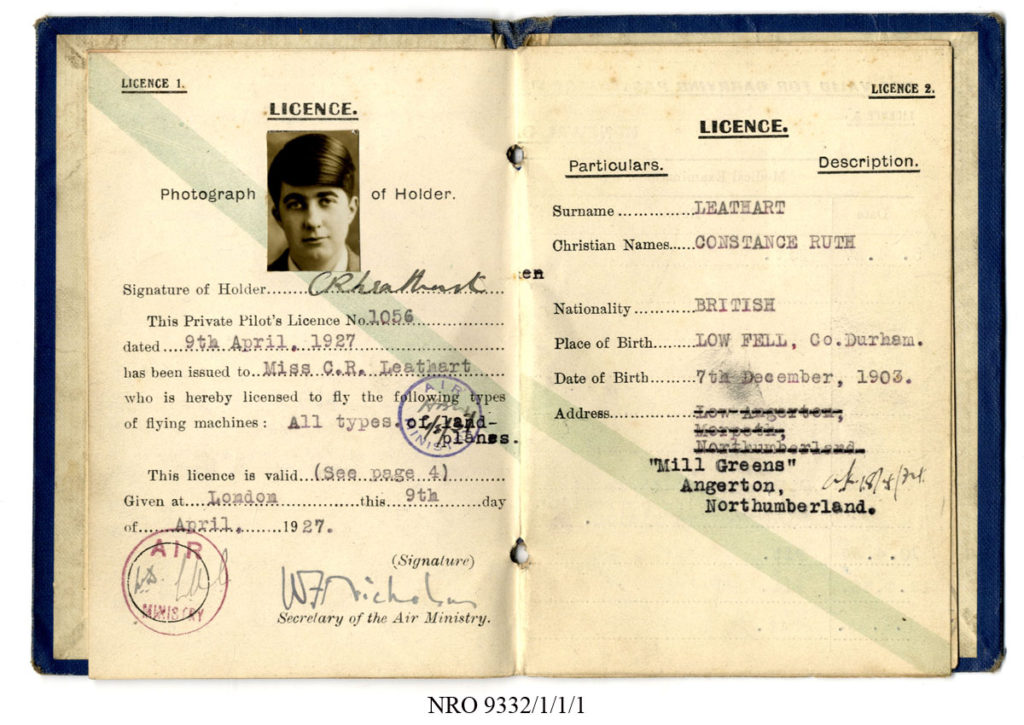
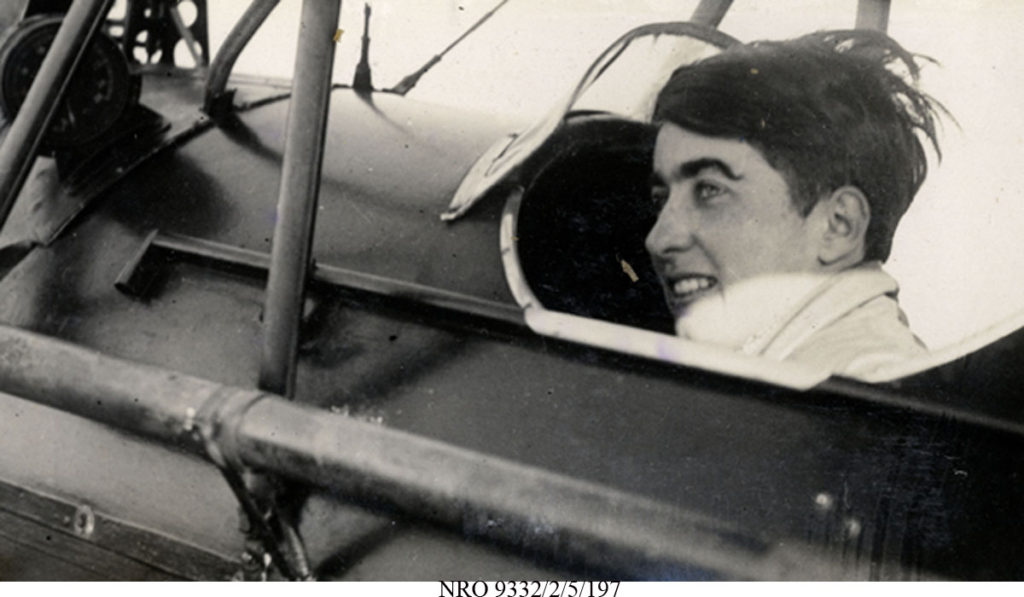
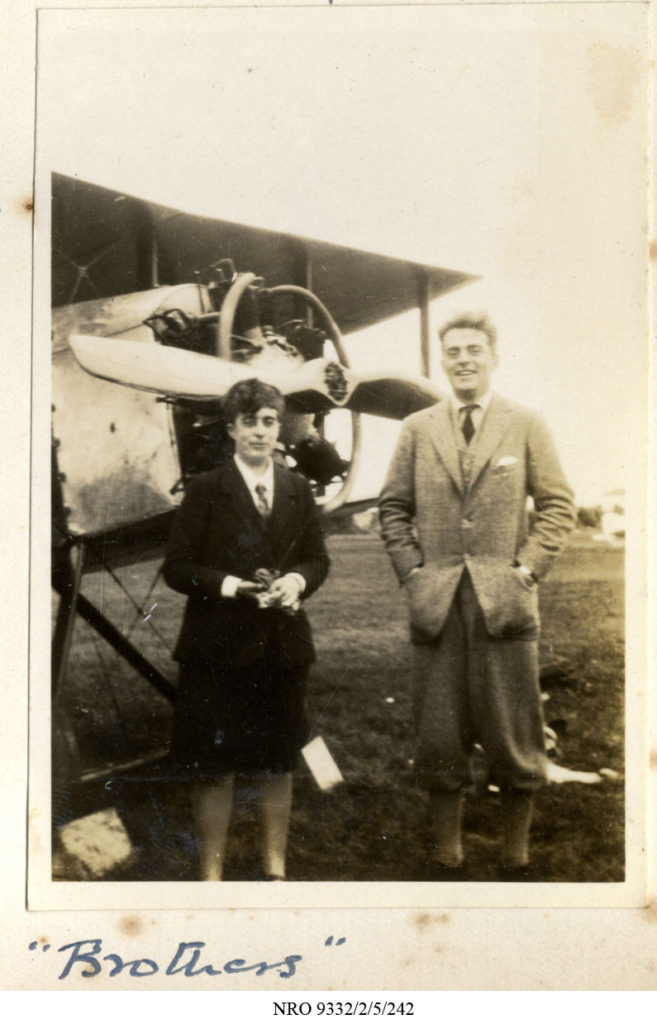
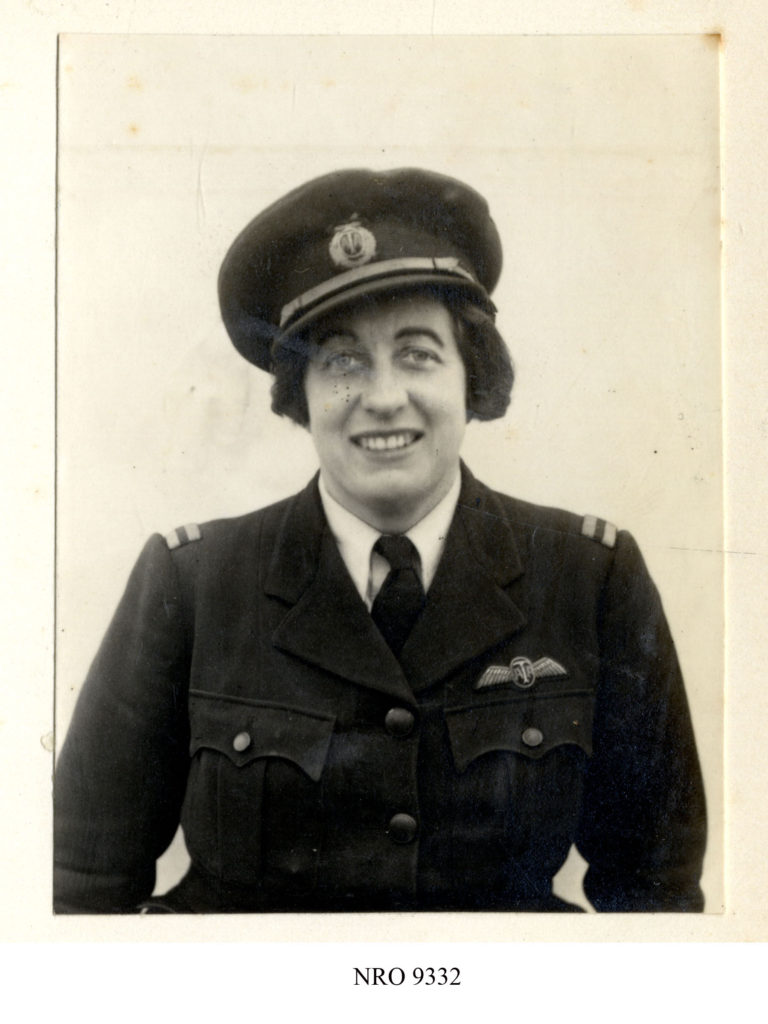
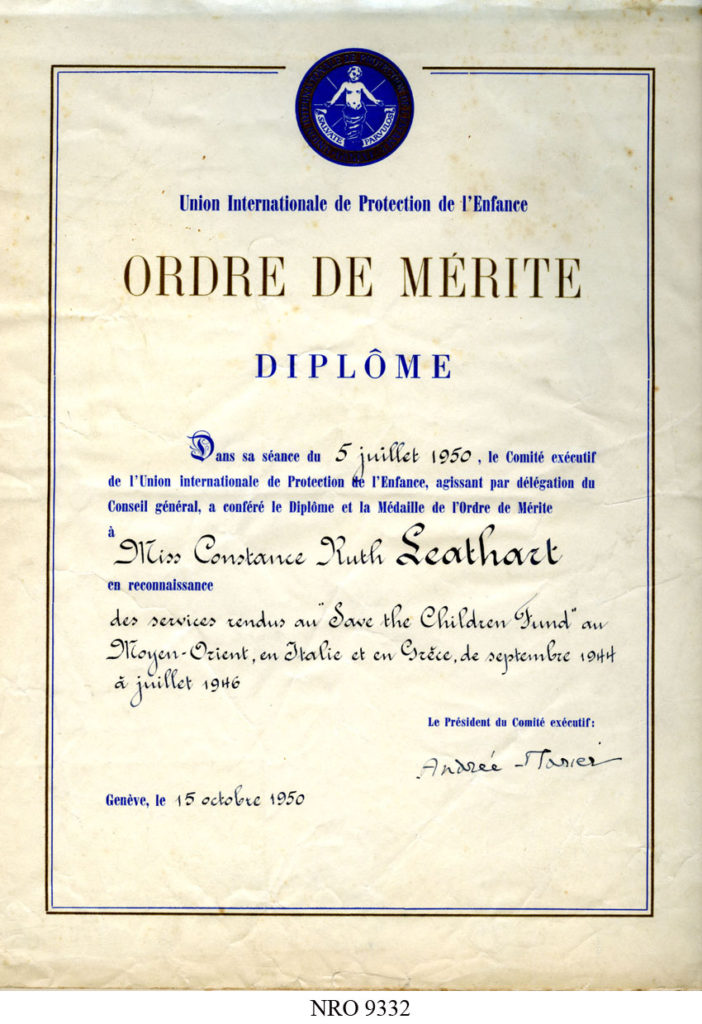
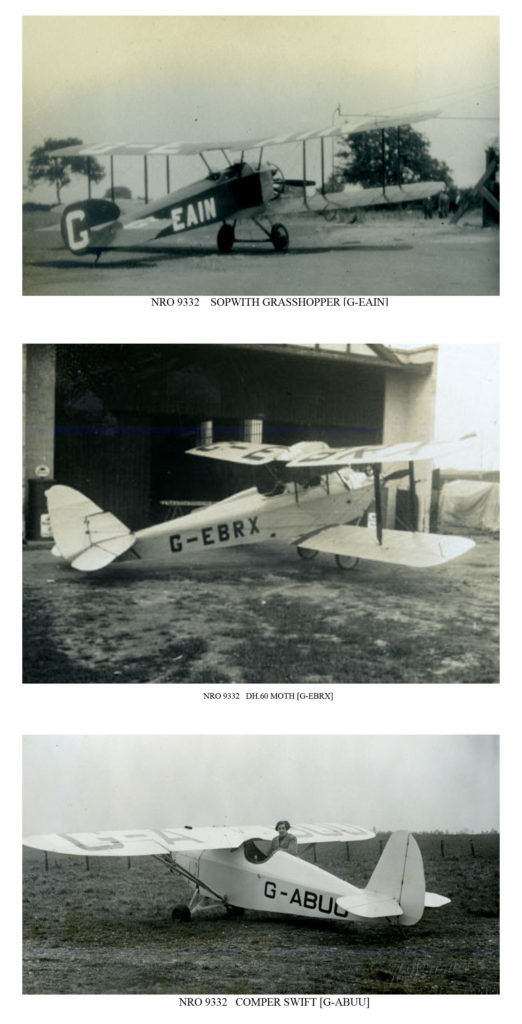
What a fascinating article! I wonder whereabouts in Low Fell she was born – any ideas?
Hello Richard,
Thank you for your comment. We have tried to look at the census but unfortunately we can not find anything. You could try contacting both Tyne and Wear & Durham archives to see if they can help you.